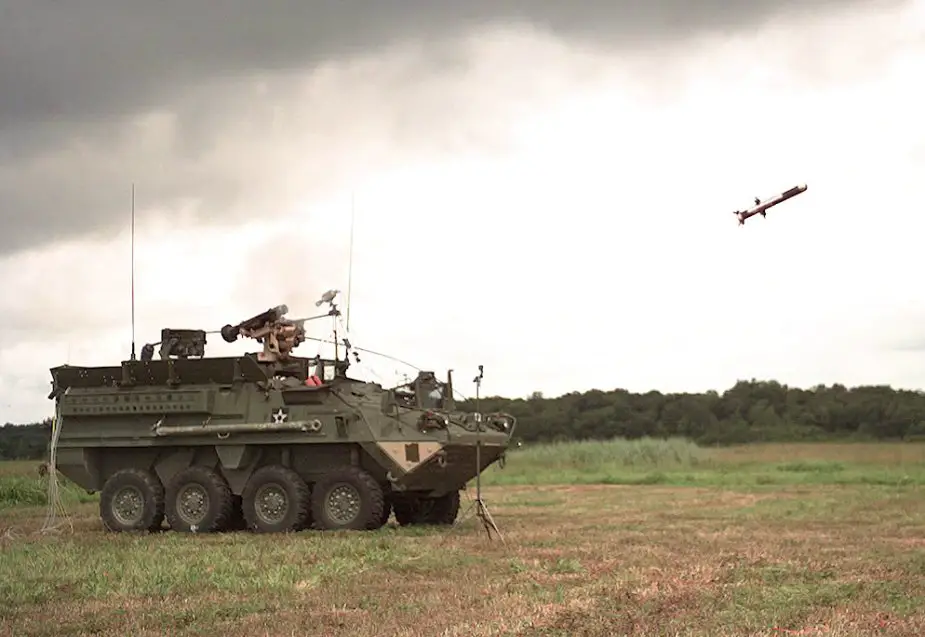From 2022, the U.S. Army will start turning large numbers of Stryker infantry carriers into tank-killers by equipping them with remote weapons stations armed with Javelin anti-armor missiles, Matthew Cox reports on Military.com.

Stryker firing a Javelin antitank missile from its Remotely Operated Weapons Station-Javelin (CROWS-J) (Picture source: Youtube)
The fielding of the Common Remotely Operated Weapons Station-Javelin (CROWS-J) is part of a larger effort to give the basic Stryker infantry carrier more firepower. That effort began in March 2015, when commanders began requesting a 30 mm cannon to give Strykers more punch than the standard .50 caliber machine guns if they have to face potential adversaries such as Russia, Matthew Cox recalls.
Currently, the 2nd Cavalry Regiment is the only Stryker unit that has vehicles equipped with 30mm cannons or early versions of the CROWS-J. But the Army will begin equipping three more Stryker Brigade Combat Teams (SBCT) with both capabilities in 2022, Col. Syd Hills, director of the Stryker Warfighter Forum at I Corps, told Military.com recently. "Some will have the CROWS-Javelin, others will have the 30mm cannon," Hills said. "All of the formations will eventually have both. ... We will eventually kit out all nine [Stryker] brigades."
The CROWS-J is an M153 CROWS II system, made by Kongsberg, that has been modified to launch an FGM-148 Javelin anti-tank missile. In addition to the Javelin, the CROWS II mounts either an M2 .50 caliber machine gun, M240 7.62mm machine gun, or an MK19 40mm grenade launcher. A gunner can detect a heavy armor target and destroy it with the CROWS-J out to roughly 3,000 meters from inside the Stryker vehicle, Hills said.
Once fielding begins in 2022, each of the three SBCTs will receive 83 30mm turrets and a similar number of CROWS-J systems, said Hills, who did not know the exact number of systems. The goal to have all three SBCTs fielded by 2028, he said.














